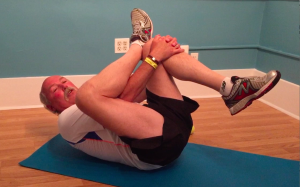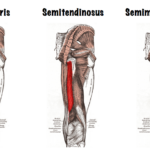A bit of anatomy and physiology:
The Piriformis muscle is located beneath the Gluteal muscles in the buttocks. In that same region, the Sciatic nerve passes from the lumbar region of the spine, through the pelvis (beneath the Piriformis) and extends down the back of the legs. If the Piriformis muscle is tight, it creates a compression of the Sciatic nerve: this discomfort is referred to as Piriformis Syndrome or Sciatica and is literally a pain in the butt.
Symptoms:
The resultant pain can be a constant dull aching pain or a sharp and irregular stabbing pain. It may start as a tingling sensation and progress to numbing in the buttocks. The pain may radiate down the length of the sciatic nerve, which reaches to the lower leg. It is quite discomforting, limiting mobility and sometimes affecting normal activities.
Causes:
The inflammation of this muscle may be caused by overuse or a sudden fall. For runners, long distance running, running on uneven surfaces or hills can cause Piriformis tightness. Pain may be increased by prolonged sitting, climbing stairs or squatting. The syndrome affects more women than men and pregnant women are susceptible, due to the expansion of the hips and tilting of the pelvis to accommodate the baby.
Treatment options:
Massage therapy Massage is very efficient for Piriformis syndrome. The therapist will use massage and stretching techniques with the aim of elongating and loosening the muscle and freeing the nerve. Your therapist will also be able to show and recommend self-care exercises such as the ones below.
Stretching at home The muscle can be targeted with an active isolated stretching exercise. This would relieve pressure and friction between the muscle and nerve. To do so, lay on the ground then place the foot of your affected side on the opposite knee. Bring the opposite knee to your chest by pulling on that thigh (less stretch) or that shin (more stretch). Hold for 2 seconds and relax. Repeat 8-10 times.

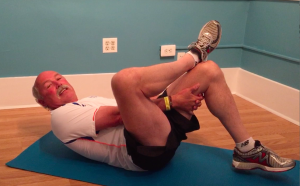
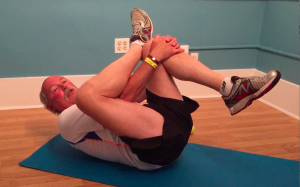
Massage at home
A great way to self massage is by using a tennis ball: place the ball on the floor, then sit the affected buttock directly on it. Roll up and down and side to side on the ball. To increase access to the deep Piriformis muscle, you can put the foot of the affected side on the opposite knee and continue rolling in that position. If you find a trigger point (ie, a particularly tender point that needs to be worked out), stay on that point and lift your leg up and down.
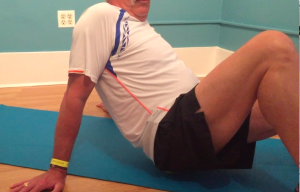
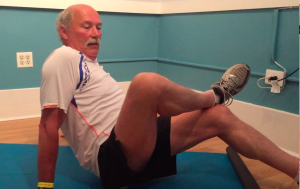
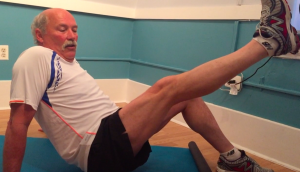
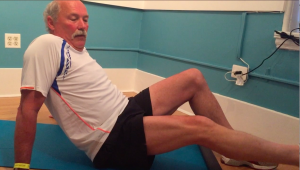
You can also refer to this video for a demonstration of self-care techniques for the Piriformis muscle:
If you are in pain, see you doctor as they may recommend other treatment options.
References
- http://www.massagetoday.com/mpacms/mt/article.php?id=13771 (Figs 1, 3)
- http://www.runnersworld.com/injury-prevention-recovery/piriformis-syndrome
This article/video is for educational purposes only; do not attempt without your physician’s clearance. If you are in pain or injured, see your physician.
Copyright © Vidal Sports LLC 2018




